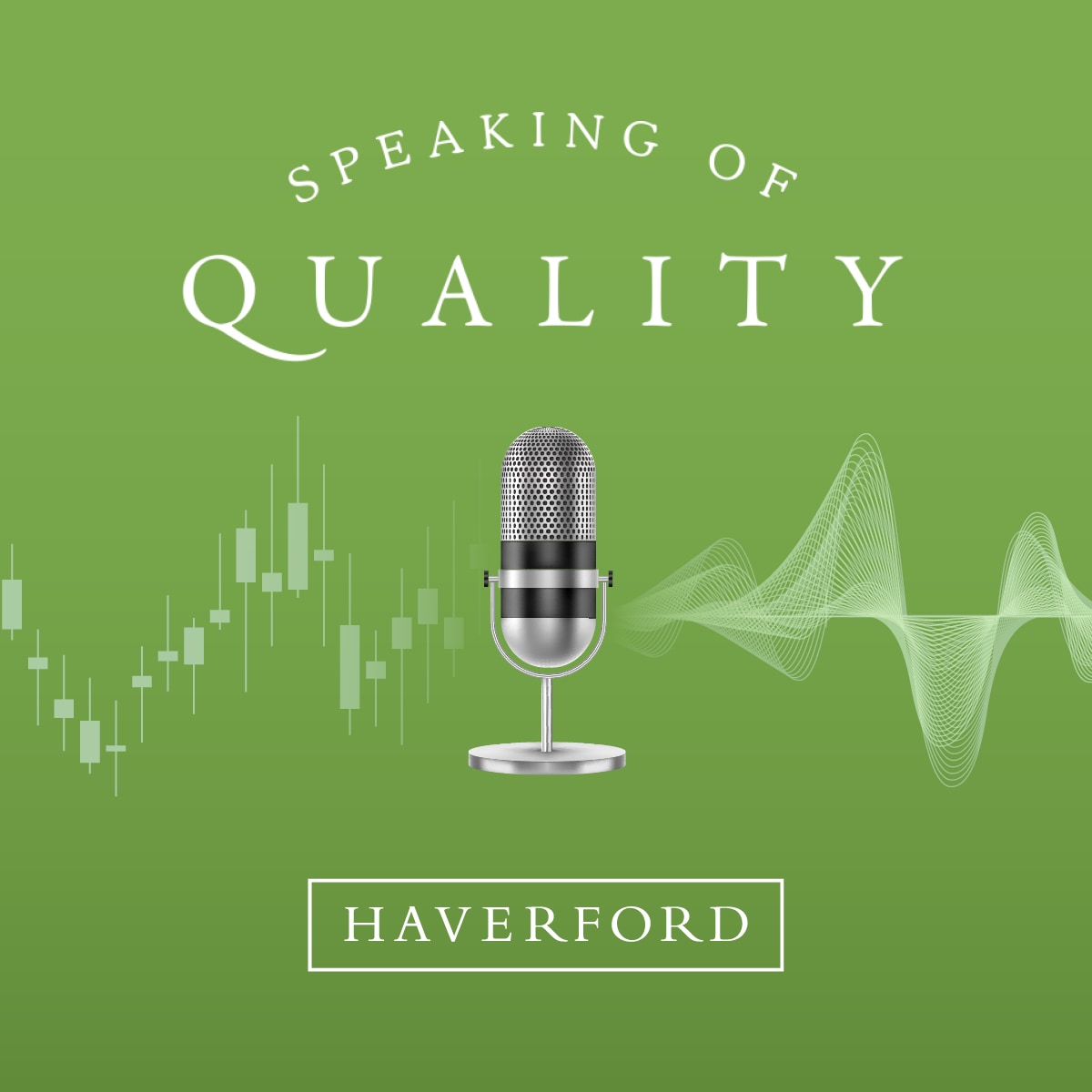Recent News and Insights
Haverford State of the Markets Commentary
On April 7, 2025, we hosted a call to address our clients' frequently asked questions as we navigate through the volatile market and uncertain economic landscape. Read a recap of the conversation below. Market Effects The aggressive tariff policies implemented by the Trump administration have caused significant concern among investors and economists. Announced tariffs [...]
2025 Spring Outlook
In 2017, Trump Administration 1.0 policy commenced with bullish regulatory roll-back and tax reform, followed by tariff implementation. The first months of Trump 2.0 have been focused on tariff policies that are causing investors and economists alike to lose faith in the markets and the economy. We’ve been asked to eat all our spinach [...]








